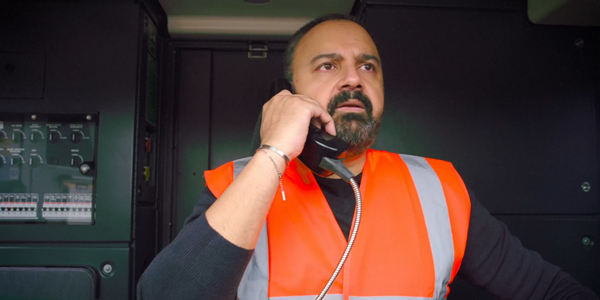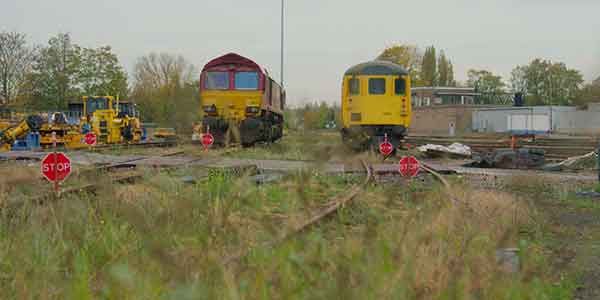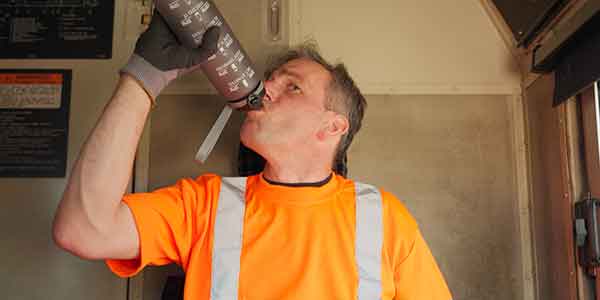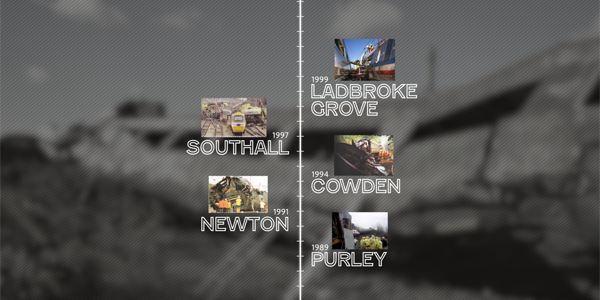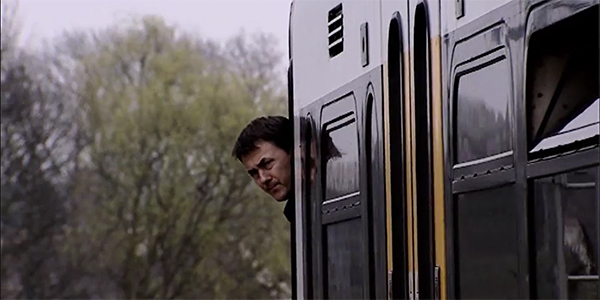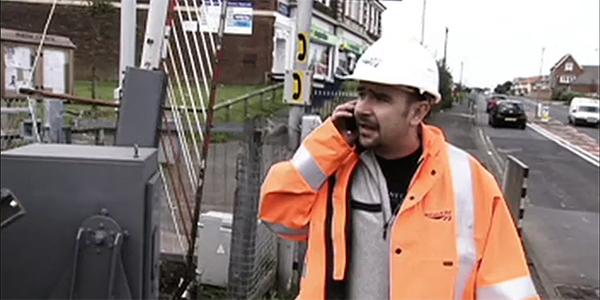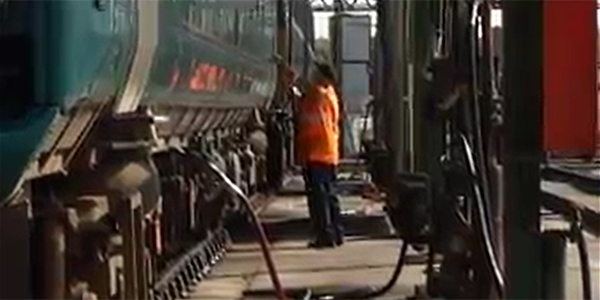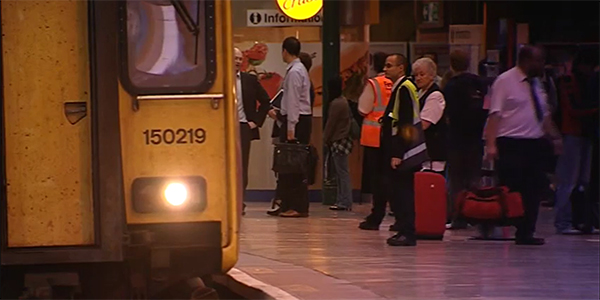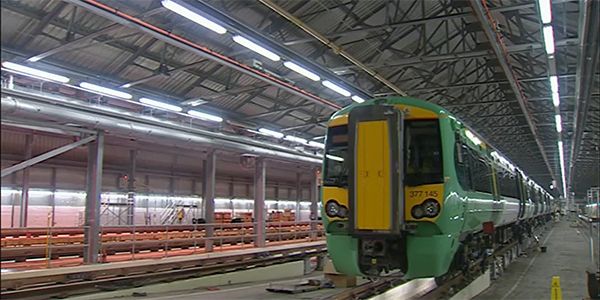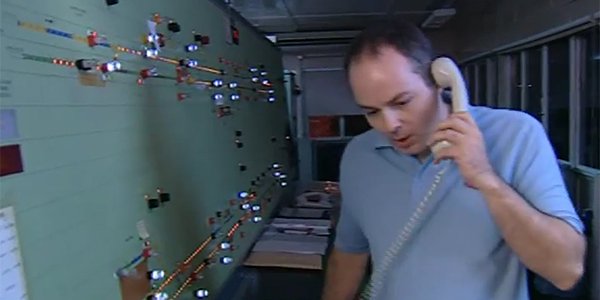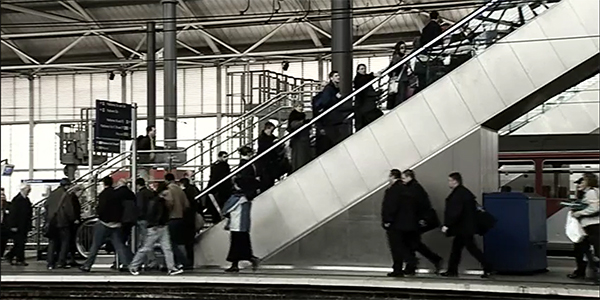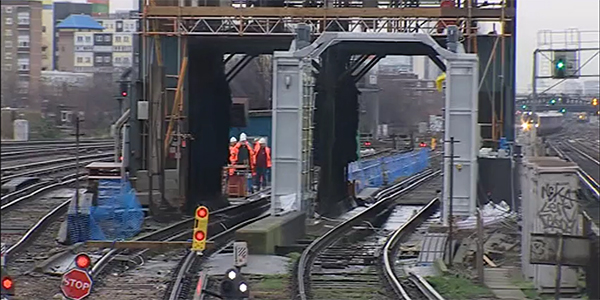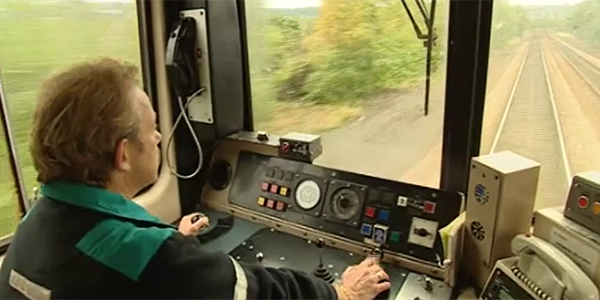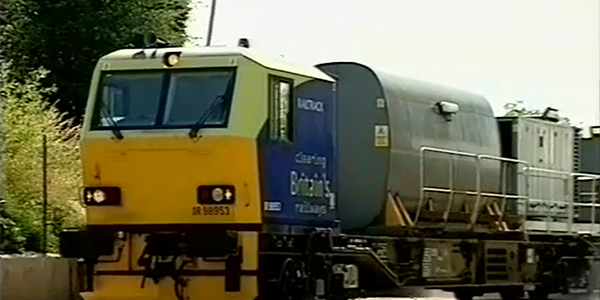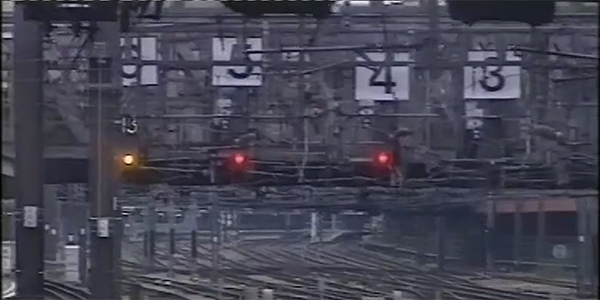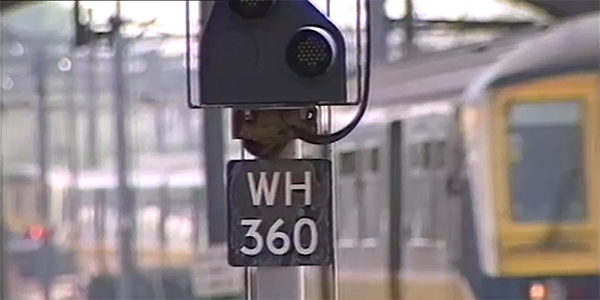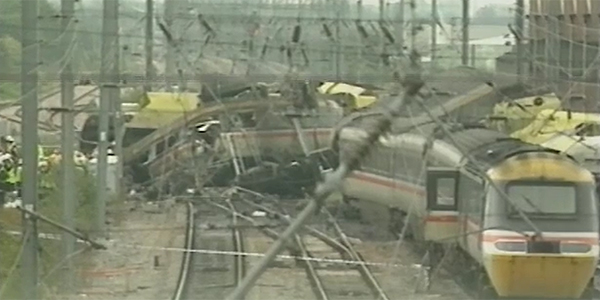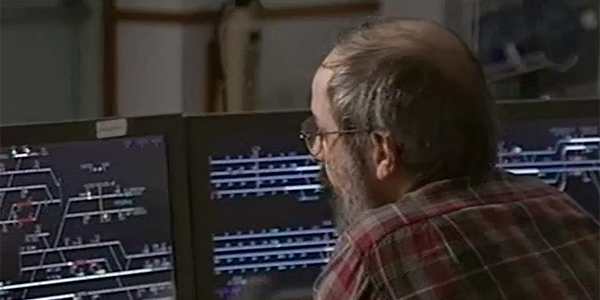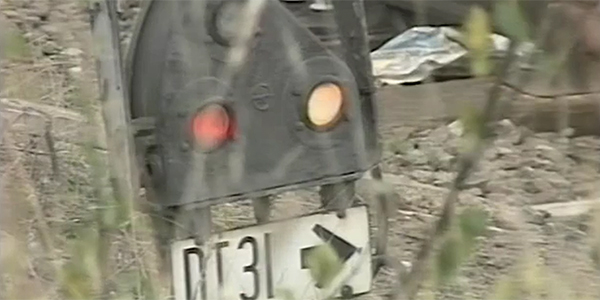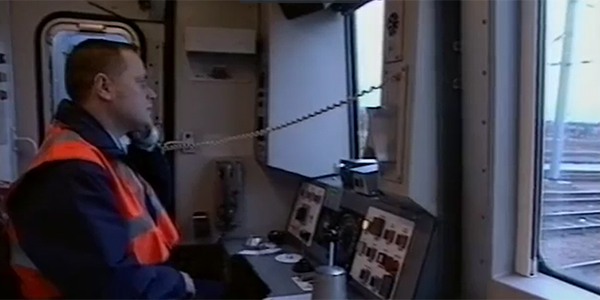
Premium
RED 69 – Safety Critical Communications
Safety critical communications is a vital part of running a railway safely and efficiently. Get it right, and everything runs smoothly. Get it wrong, and there can be damage to the infrastructure, injury, or even worse.

Premium
RED 67 - Freight
In the UK, rail freight contributes around £2.45bn to the economy each year. It’s a rapidly evolving sector and a reliable, safe, and green way of transporting goods and keeping the country running. However, there are many risks and issues that should be carefully considered to help prevent accidents from happening.

Premium
RED 66 - Climate
Climate change is already having a significant impact on GB rail, and the severity and frequency of weather events is only likely to increase. Through collaboration, communication, policy, and research, the industry is working towards better weather resilience and preparation.

Premium
RED 49 - Past at Danger
Our railways are the safest form of land transport in the UK, because we learn lessons from incidents. This RED 49 programme looks back at some of the events that have shaped our safety rules, culture and understanding.

Premium
RED 30 - An Unexpected Halt

Premium
RED 22 - Irregular Working and Communications
This RED looks at level crossings. One of the barriers at a level crossing fails to rise confusing motorists as to when it is safe to cross . Poor communications between the signaller and the mobile operations manager lead to a misunderstanding and a fast train nearly collides with road traffic on the crossing.

Premium
RED 19 - The Authorised SPAD
This RED, based on an incident at Cheltenham Spa in November 2006, looks at workload and distraction. A signaller has had a difficult shift. He authorises a train to pass a signal at danger but doesn’t set the points.

Premium
RED 17 - The Industry's Most Hazardous Job
This RED, based on an incident at Old Oak Common in January 2005, looks at the risks in yards and depots. A driver and shunter are remarshalling coaches for a charter train. The shunter becomes trapped between two of the coaches.

Premium
RED 16 - The Changing Risk Profile
This RED looks at maintaining concentration. A signaller reports a track circuit failure to control. He gives the driver of the next train authority to pass the signal at danger but doesn’t realise that the train is standing at the signal in rear.

Premium
RED 14 - Precursors
This RED looks at concentration and mental wellbeing. A driver is having problems in his personal life, including bereavement. The stress has an impact on his ability to perform professionally. He is involved in several operational incidents, leading to a SPAD.

Premium
RED 13 - Safety Critical Communication
This RED, based on an incident at Lichfield Trent Valley in October 2004, looks at safety critical communications. A driver stops at a signal at danger. After poor safety critical communications with the signaller, the driver believes he has authority to pass the signal at danger.

Premium
RED 12 - Professional Management
This RED looks at SPADs. A train has a SPAD as it leaves a station. There were several contributory factors, making the decision about a Specially Monitored Driver plan more complex than usual.

Premium
RED 11 - ECS and Light Loco SPADs
This RED, based on an incident at Clapham depot in April 2004, looks at empty coach services and light locomotive operations. A train moves from the depot to enter service at Waterloo. Just past the depot limits, the train passes a signal at danger.

Premium
RED 10 - Distractions
This RED, based on an incident at Blackfriars in May 2004, looks at concentration and attention. As the train leaves the station, the driver hears a car backfiring. He takes his eyes off the signal to look for the car, and brakes too late.

Premium
RED 9 - Working together
This RED looks at driving yellow plant in possessions. Two tampers return to the depot after works. The second machine follows the first under yellow aspects. Signal K446 is at red. The driver passes it, unaware that he has had a SPAD.

Premium
RED 8 - 100% Professionalism
We all have a role in reducing SPADS. In this RED, we explore the idea that lies behind many advances in SPAD reduction.

Premium
RED 6 - Anatomy of a SPAD - part 2
This RED looks at a series of SPADs, including at level crossings and in areas of low adhesion. It considers the approaches the industry is taking to tackling SPADs, as well as what we can do individually, including reducing the use of mobile phones.

Premium
RED 5 - Anatomy of a SPAD
This RED looks at distractions and maintaining focus. A driver is working his normal shifts, but his father’s ill health plays on his mind. One evening he reads a signal on an adjacent line in error; when he notices the signal for his line is lit it’s too late.

Premium
RED 4 - A Question of Responsibility
Signallers have a responsibility to prevent SPADs. If there is a SPAD, they need to mitigate any events it could lead to. This RED 4 programme explores Category A SPADs and the question of responsibilities between the driver and the signaller.

Premium
RED 3 - Mental Trap
This RED 3 programme focuses on Start Against Signal and Start On Yellow SPADs. Preventing these depends on recognising human factors elements that can bring risk to railway operations.

Premium
RED 2 - Unintended Consequences
The line ahead of a driver is blocked. He calls the signaller, who asks him to do a double shunt. The driver has not performed this move before and is unfamiliar with the new route that has been set.
